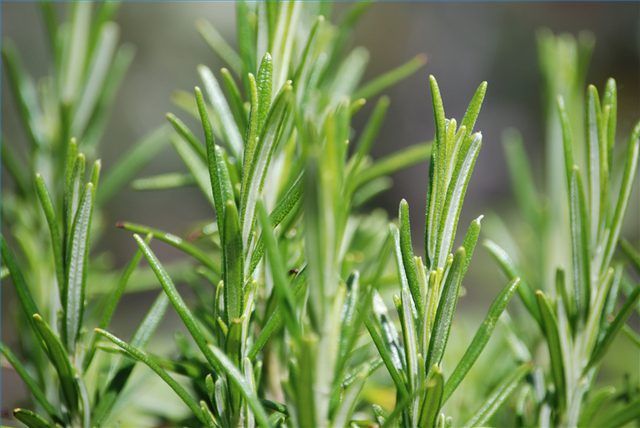Bulbs
Flower Basics
Flower Beds & Specialty Gardens
Flower Garden
Garden Furniture
Garden Gnomes
Garden Seeds
Garden Sheds
Garden Statues
Garden Tools & Supplies
Gardening Basics
Green & Organic
Groundcovers & Vines
Growing Annuals
Growing Basil
Growing Beans
Growing Berries
Growing Blueberries
Growing Cactus
Growing Corn
Growing Cotton
Growing Edibles
Growing Flowers
Growing Garlic
Growing Grapes
Growing Grass
Growing Herbs
Growing Jasmine
Growing Mint
Growing Mushrooms
Orchids
Growing Peanuts
Growing Perennials
Growing Plants
Growing Rosemary
Growing Roses
Growing Strawberries
Growing Sunflowers
Growing Thyme
Growing Tomatoes
Growing Tulips
Growing Vegetables
Herb Basics
Herb Garden
Indoor Growing
Landscaping Basics
Landscaping Patios
Landscaping Plants
Landscaping Shrubs
Landscaping Trees
Landscaping Walks & Pathways
Lawn Basics
Lawn Maintenance
Lawn Mowers
Lawn Ornaments
Lawn Planting
Lawn Tools
Outdoor Growing
Overall Landscape Planning
Pests, Weeds & Problems
Plant Basics
Rock Garden
Rose Garden
Shrubs
Soil
Specialty Gardens
Trees
Vegetable Garden
Yard Maintenance
How to Prune Herbs
While most herbs don’t need regular pruning to grow, keeping your garden groomed will maintain plant shape and encourage healthy growth. Pruning woody herbs like rosemary, sage, lavender, thyme and tarragon can prevent plants from getting leggy and overgrown. Even soft perennials like mint can be reinvigorated with some light shaping.

While most herbs don’t need regular pruning to grow, keeping your garden groomed will maintain plant shape and encourage healthy growth. Pruning woody herbs like rosemary, sage, lavender, thyme and tarragon can prevent plants from getting leggy and overgrown. Even soft perennials like mint can be reinvigorated with some light shaping.
Things You'll Need
Bypass pruning shears
Lopping shears
Lightly prune—but do not shape—woody perennial herbs in early spring, shortly after new growth occurs. Remove any dead growth with pruning shears. Use lopping shears for extra leverage if you encounter very thick stems (on large, scraggly rosemary plants, for instance). Take care to ensure you only remove dead wood, as cutting live pieces may damage or kill plants.
After herbs bloom in spring or summer, you can shape them. Wait until flowers fade; however, do not wait too long after bloom, or you run the risk of damaging new growth that formed on old flowers.
To shape, clip the soft stems of woody and non-woody perennial herbs by up to one-third. Cut just above leaf nodes approximately 3 to 5 nodes down the stem. Annual herbs like basil can be cut completely to the ground each fall, as they will need to be replaced the following year (parsley, a biennial, can be cut to the ground in its second year).
Though it’s not necessary, you can lightly prune herbaceous stems throughout the year to maintain plant shape. Remember to regularly deadhead all herbs by pinching off flowers to encourage healthy growth.
Tips & Warnings
Always prune herbs in spring or summer to avoid encouraging new growth just before plants go into winter dormancy.